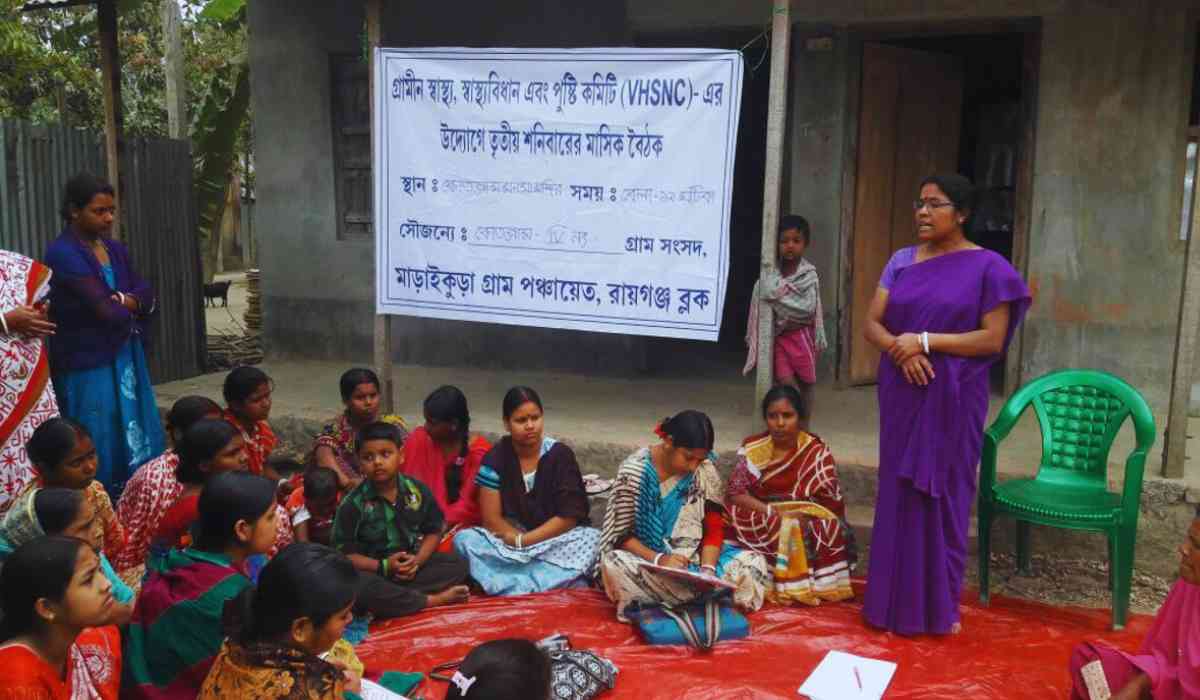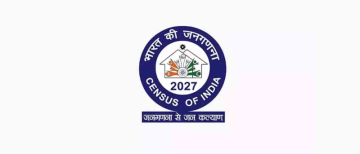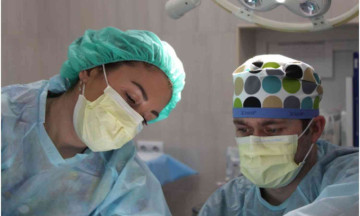On 11th January 1 woman died and 3 women faced critical health issues at a hospital in Midnapore due to allegedly expired intravenous fluids. This incident has once again revealed the poor health services of West Bengal.
From the Swasthya Sathi scheme to the West Bengal Health Scheme, nothing seems to bring much improvement in this sector. So, what’s going wrong with the health sector of Bengal?
What Happened in Midnapore Hospital
On 8th January, a 31-year-old woman delivered a baby and died the next day at the state-run Midnapore hospital. Her family members have alleged that the death was due to the use of ‘expired saline’.
The health conditions of three other women are critical. Due to the deterioration of their condition, they have been shifted to SSKM Hospital on Sunday.
After the incident, the state health department immediately ceased administering the fluid/saline in its designated areas. A 13-member expert team has been formed to investigate claims that expired saline was given to patients.
Health Sector Reforms by West Bengal Government
Swasthya Sathi Health Scheme: The health insurance scheme was first introduced in 2016 and expanded in 2020 to cover the entire population of Bengal under cashless treatment.
Sub-Health Centres: The goal of this initiative was to enhance primary healthcare infrastructure. For that purpose, 400 new sub-health centres were developed across Bengal.
Expansion of Nursing Institutes: The main motto of the expansion was to address the shortage of qualified nursing staff and to improve rural healthcare.
Task Force for Healthcare Worker Safety: On the backdrop of R.G Kar's rape and murder case the government constituted a state-level task force to ensure the safety and security of healthcare professionals. It is also aimed to improve healthcare infrastructure.
Crisis in West Bengal's Health Sector
Despite the collection of initiatives and schemes by the West Bengal Health Department, incidents of negligence and death have become a regular occurrence in public hospitals. So, what are the factors that are hampering quality health service delivery?
Falling health investment: From the time period of 2014-15 to 2019-20, the overall state budget was increased by 76%. However, the health budget could not meet the standard and was increased by only 53%.
Inadequate manpower resources: Manpower crunch in the health sector is a national problem. West Bengal is no different from the rest. The vacancies of nursing staff have increased from 422 to 1600 in 2021.
Neglected rural health: Even though almost 70% of the state’s population belongs to rural areas, the health services of those areas are highly neglected. Nearly 12,310 sub centres in West Bengal are running with limited manpower and 1,870 sub centres do not have a building. Each sub-centre in West Bengal covers a population of around 5,000-7,000. It makes West Bengal one of the poorest states in health care along with Bihar, UP and Jharkhand.
Pervasive corruption: The grave nature of corruption in the health sector came to the surface after the R.G. Kar case. Dr Manas Gumta, Professor of Surgery at Bankura Sammelani Medical College has mentioned, “We have seen answer scripts from north Bengal identical to those from south Bengal. This means not only are questions leaked, but also answers are distributed all over the State.”
Wide regional disparity: On one hand, Burdwan, had 4.73 hospitals (the highest in the state) and 95.95 hospital beds per 100,000. On the other hand, Uttar Dinajpur accounts for approximately 3 million people in West Bengal, yet it has only 1.50 hospitals and 37.79 serving beds per 100,000.
The geographic distribution of the interdistrict status of the (a) availability, (b) affordability, (c) accommodation, and (d) amenities indices.
Health being a state subject highly depends on the discretion of the State government. The chance of interference by the Central government reduces to a large extent. Hence, the dysfunctional health services of states often go unnoticed. However, tragedies often open up the gate for discussion at the cost of human life. And hopefully, the discussion will reach the authority this time.
With inputs from agencies
Image Source: Multiple agencies
© Copyright 2024. All Rights Reserved Powered by Vygr Media.























